
As we age, our bodies age. Older adults face challenges including loss of motor skills, cognitive impairment, chronic diseases and lack of energy. Therefore, people are always looking for ways to prevent the body from aging and reduce the risk of age-related diseases. Modern scientific research has shown that maintaining levels of the nucleotide NAD + is a good option. Therefore, in recent years, attention has been drawn to a substance called NMN, which naturally increases NAD + levels. However, NMN is essentially only one of the precursor molecules of NAD +. Nucleotide precursor molecules that play an important role in the regulation of NAD + levels by NMN include NR, NMN and NAM. however, among these molecules, NMN and NR have been the most widely used one in human studies. So, what is NR in NMN? What is the difference between them? This article will answer it for you.

What is NR?
NR is a previtamin B3 that can be ingested through food or drink.NR is converted in the body to NAD (oxidized nicotinamide adenine dinucleotide), an important coenzyme found widely in cells.NAD and its reduced form, NADH, maintain normal basal metabolism and energy production by participating in redox reactions in the body.
Unlike other pre-vitamin B3 (such as nucleic acid or niacin), NR can exert therapeutic effects by increasing NAD levels in organisms. studies of NR have shown that increasing NAD levels in the body can reduce the body's risk for age-related diseases, including osteoporosis, neurological disorders, heart disease, and muscle disease.
Differences
Although NMN and NR are used to increase NAD+, there are some differences between them.
First, NMN and NR are absorbed and utilized by the digestive system in different ways. nMN and NAD are essentially two nucleotides, so NMN can enter the cell directly and be converted to NAD. whereas NR is a smaller molecule and cannot be converted directly to NAD. current doctrine suggests that NR must be converted to NMN before it can be further converted to NAD. therefore, even though NR has some conversion in the therefore, even though NR has a certain conversion rate in the digestive tract, it may not be as effective as NMN in increasing NAD + levels in vivo.
Second, the structures of NMN and NR are different; NMN consists of a nucleotide and a phosphate group, while NR has no phosphate group. This structural difference may affect the biological effects of the two molecules.
Finally, the research focus of NMN and NR is also different. Currently, the pharmacological studies of NMN are mainly focused on anti-aging. In contrast, pharmacological studies of NR are more focused on the treatment of metabolic and cardiovascular diseases.
Conclusion
Both NMN and NR are NAD + precursor molecules that can be used to increase NAD + levels in vivo. Despite their structural differences, both molecules have been shown to have an important role in increasing NAD + levels.The biological roles of NMN and NR need to be further investigated to determine their specific roles in the prevention and treatment of different diseases. In addition, it is important to note that although NR is available through food and beverages, research on its dosing and efficacy is still in the early stages. Therefore, if you are considering using NR or other nucleotide precursor molecules to increase NAD + levels in your body, it is best to do so with the advice of a medical professional or health expert.



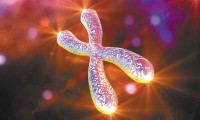
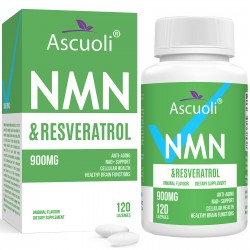
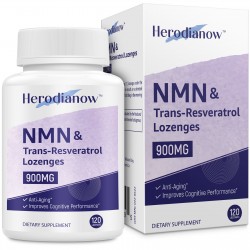
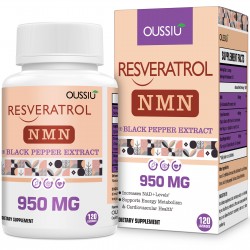
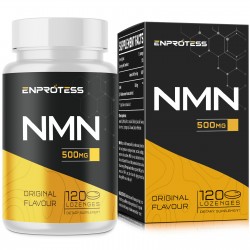
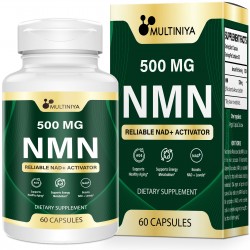
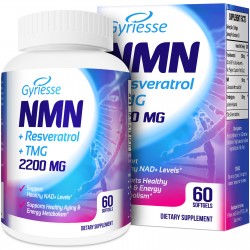
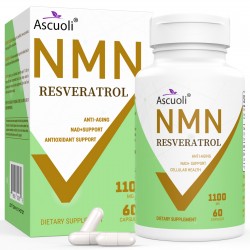

Leave a Comment